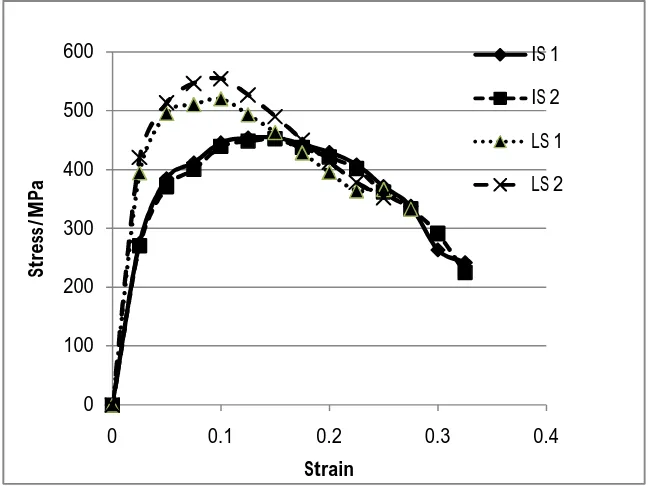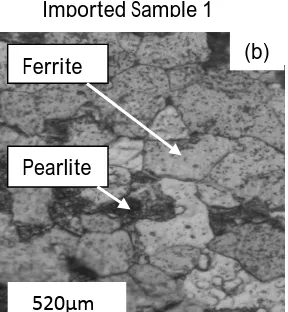Comparative Studies of Locally Produced and Imported Low-Carbon Steels on the Ghanaian Market
Full text
Figure




Related documents
4.1 The Select Committee is asked to consider the proposed development of the Customer Service Function, the recommended service delivery option and the investment required8. It
• Follow up with your employer each reporting period to ensure your hours are reported on a regular basis?. • Discuss your progress with
National Conference on Technical Vocational Education, Training and Skills Development: A Roadmap for Empowerment (Dec. 2008): Ministry of Human Resource Development, Department
The extent to which independent audit is carried out shall be determined by the Board and monitored by the audit committee and shall be based on the result of identification
The present study was carried out to observe the effects of oral administra- tion of BPA on the development of the reproductive organs and plasma sex hormone levels in prepubertal
The corona radiata consists of one or more layers of follicular cells that surround the zona pellucida, the polar body, and the secondary oocyte.. The corona radiata is dispersed
DeVry University offers a variety of degree programs* and areas of specialization through the college of Engineering & Information Sciences, to help start you on the right path
In the analysis of the Portuguese regional agglomeration process, using models of New Economic Geography in the linear form, we pretend to identify whether